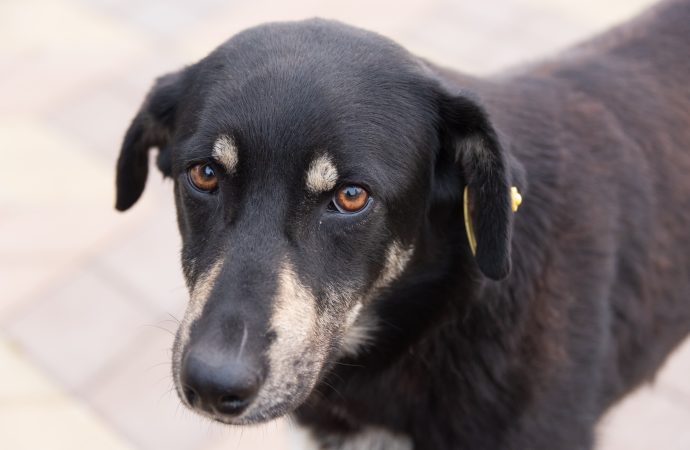Introduction: For centuries, the domestic dog has been a faithful companion to humans, providing loyalty, love, and companionship. However, despite their close genetic relationship with the wild wolf, dogs have evolved to exhibit distinct behaviors and characteristics. In this article, we delve into the fascinating world of canine evolution and explore the factors that differentiate
Introduction:
For centuries, the domestic dog has been a faithful companion to humans, providing loyalty, love, and companionship. However, despite their close genetic relationship with the wild wolf, dogs have evolved to exhibit distinct behaviors and characteristics. In this article, we delve into the fascinating world of canine evolution and explore the factors that differentiate our beloved Fido from his wild wolf counterparts.
Unraveling the Genetic Makeup:
At the core of understanding the differences between dogs and wolves lies their genetic makeup. Dogs and wolves share a common ancestor, but thousands of years of selective breeding and domestication have shaped the genetic profiles of dogs, resulting in distinct traits. Through genetic research and sequencing, scientists have identified key genetic differences that contribute to the divergence between dogs and wolves.
Domestication and Behavioral Changes:
One of the most significant differences between dogs and wolves is their behavior. Wolves are highly social and live in tight-knit packs with a well-defined hierarchy. In contrast, dogs have undergone a process of domestication that has influenced their behavior, leading to reduced aggression and increased sociability towards humans. Dogs have developed a unique ability to form strong bonds with their human companions, a trait not typically observed in wild wolves.
Selective Breeding and Physical Traits:
Selective breeding has played a crucial role in the development of the vast array of dog breeds we see today. Over time, humans have selectively bred dogs for specific purposes and desired physical traits, resulting in a wide range of sizes, coat colors, and body shapes. These physical variations are not typically observed in wild wolf populations, which tend to exhibit more uniformity in appearance.
Cognitive Abilities and Problem-Solving Skills:
While both dogs and wolves possess remarkable cognitive abilities, studies have shown that dogs have developed certain skills that set them apart from their wild counterparts. Dogs excel in tasks that involve cooperation and communication with humans, displaying an aptitude for reading human gestures and facial expressions. Wolves, on the other hand, have honed their problem-solving skills in the context of survival and hunting.
Environmental Adaptation:
Dogs have adapted to diverse environments through their association with humans. Their ability to thrive in different habitats, climates, and lifestyles is a testament to their remarkable adaptability. Wolves, in contrast, have evolved to be highly specialized for survival in specific ecosystems, such as forests and tundra. This environmental flexibility is one of the key factors that differentiate dogs from their wild counterparts.
The Role of Nurture:
In addition to genetic and evolutionary factors, the environment and upbringing of dogs play a crucial role in shaping their behavior and characteristics. Early socialization, training, and the human-dog bond significantly impact a dog’s personality, obedience, and overall behavior. The nurturing and care provided by humans contribute to the distinct qualities that define our beloved canine companions.
Conclusion:
The journey from wild wolf to domestic dog is a remarkable tale of genetic evolution and human influence. While dogs and wolves share a common ancestry, dogs have undergone centuries of selective breeding and domestication, resulting in distinct genetic, behavioral, and physical differences. Understanding these variations allows us to appreciate the unique qualities of our furry friends and strengthens the bond between humans and dogs. As we continue to decode the canine connection, we unravel the mysteries behind Fido’s transformation from a wild wolf in the distant past to the cherished companion he is today.

















Leave a Comment
Your email address will not be published. Required fields are marked with *